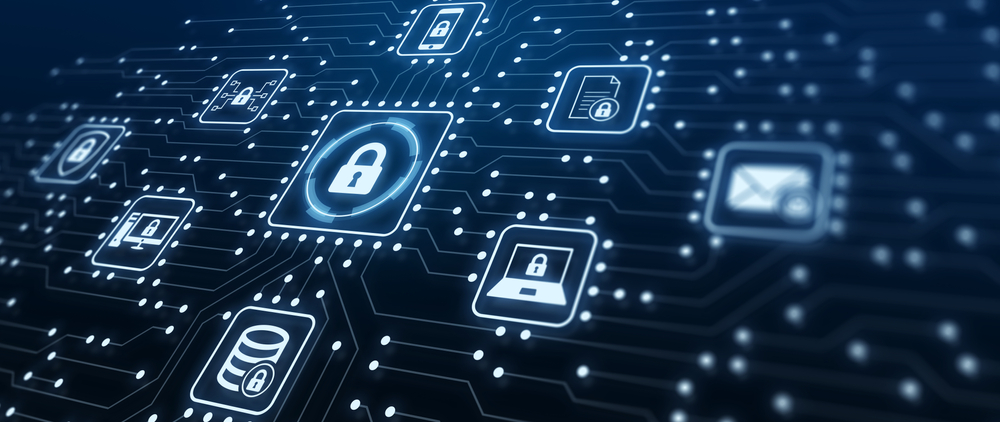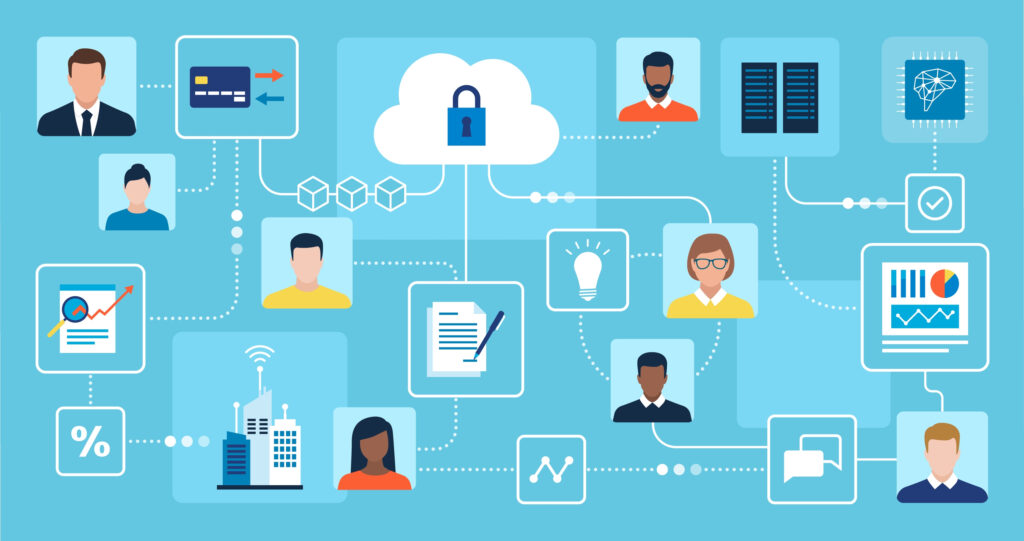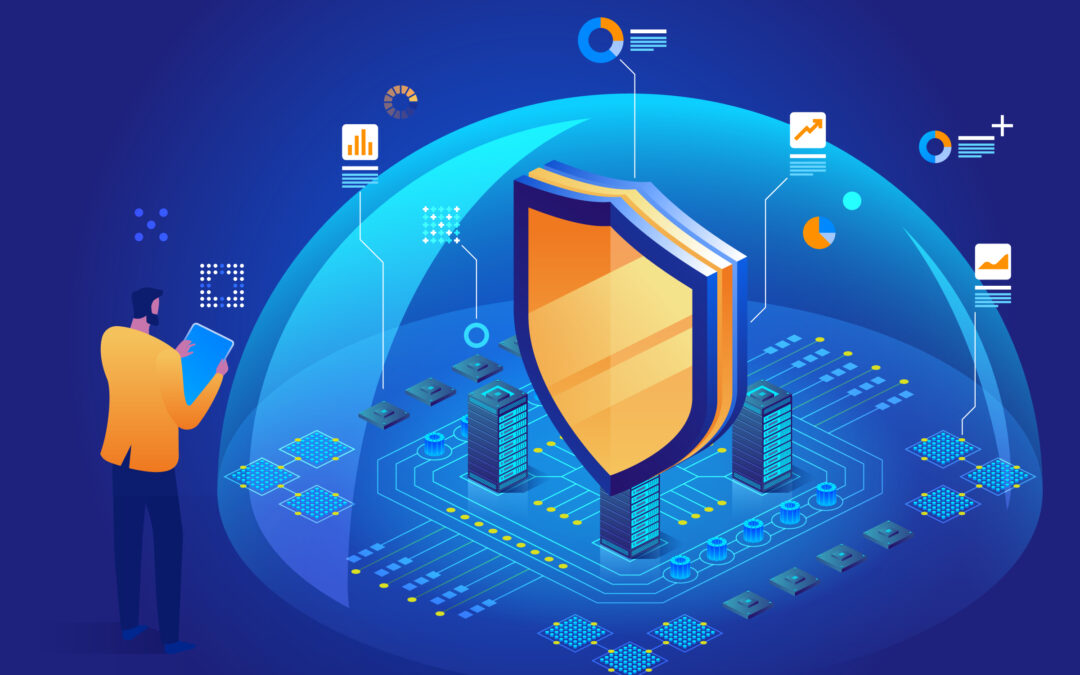Every day seems to bring news of another high-profile hack. Cyberattacks are occurring more frequently for one simple, if ominous, reason. They’re getting smarter. Recent attacks have proven more efficient, more streamlined, and more aggressive — making it difficult for businesses to keep up. How can you fight back? Black hats are relying more and more on automation. You should too.
Man vs. machine
Manual defenses are too slow to respond to automated cyberattacks — no matter how skilled the defender might be. It’s a case of man vs. machine, and in cybersecurity, the machines have a significant speed advantage. Level the playing field by incorporating automation into your defense strategy. For fast, effective defense against cyberattacks, arm your business with the technology to fight fire with fire.
What to automate
Computers are efficient, but they lack human creativity, which makes knowing which processes to automate more difficult than it first appears. Time-sensitive and low-cognitive tasks are good candidates for automation, but data analysis is where the benefits of automation really shine. The following list are tasks you should consider automating:
- Data collection, correlation, and analytics
- Deployment of cybersecurity protections in response to attach initiatives
- Detection of existing threats and/or infections
- Software updates — cybersecurity and otherwise
- Scanning, monitoring, and low-level incident response
- Time and labor-intensive tasks that don’t require manual processes
- Incident response and remediation acceleration & assistance

Are you ready for automated cybersecurity?
The decision to automate your cybersecurity initiatives is only the first step. Evaluating your options and determining the most viable and effective solutions for your company is next — and it’s a bit more labor-intensive. Of the several useful tools for automating cybersecurity, the right approach — or combination of approaches — depends on the size of your business, your IT department’s capabilities, and the financial resources at your disposal. Once you’ve assessed your needs and available resources, you can review the options and decide what automation solutions are suitable for your company.
Automation tools
Security incident and event management (SIEM) has been around for a while. This type of automation tool collects data from various system sources and alerts IT personnel to potential dangers — prioritized by threat level. SIEM follows the “automate the mundane” methodology, but in the absence of machine learning and artificial intelligence (AI) integration, it still requires a human operator to evaluate events and initiate protections.
Security orchestration automation and response (SOAR) has much in common with SIEM. Both tools aggregate data from system sources, but SOAR functionality goes beyond SIEM to include and analyze cybersecurity data from third-party sources and define workflows for locating and remediating the problem. SIEM automates mundane infrastructure security evaluation tasks and issues alerts. SOAR incorporates more data and more sophisticated analytics to alert personnel and point the way for them to address the threats it flags.
Certificate management tools are vital to cybersecurity. Digital certificates are the means of identification and authentication for communication between computers on your company’s network. The larger your network grows, the more difficult it is to keep track of digital certificates, and this difficulty creates vulnerability to cyberattacks. Certificate management software identifies and manages all the certificates in your network, regardless of type. This makes it easier to identify threats and streamlines the management process, which is both time-consuming and critical to any business using digital certificates.

If you haven’t already read up on robotic process automation (RPA), it’s time to learn. RPA is the use of software robots — or “bots” — to automate digital tasks. RPA is useful for detecting threats, updating software, staying compliant with data collection regulations, limiting human-error, and saving human time. As CIO says, “Given that people will continue to have roles to play in many cyber defense scenarios, it makes sense to make their involvement as efficient and effective as possible. That’s where RPA can bring significant benefits by automating many of the manual processes these professionals still use, while allowing them to weigh in with their own knowledge and insight at critical junctures.” Preserving the role of human operators — particularly when a judgment call is required — makes reluctant adopters more comfortable with automation.
If these tools aren’t sufficient, consider custom automation solutions. Third-party vendors — and in some cases your internal development team — can create tailored solutions to specific cybersecurity concerns.
Cybersecurity automation is crucial to defending against increasingly automated cyberattacks. It’s more streamlined, more effective, and more secure than manual cybersecurity for routine tasks. With recent cybersecurity talent shortages, automation also allows employees to be dedicated to those tasks that require human intervention.

